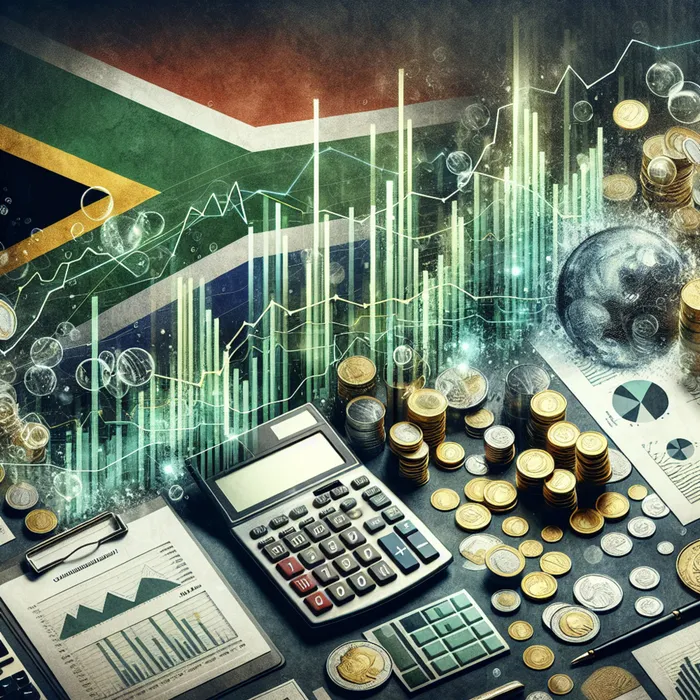Understanding the impact of rising inflation on South Africa's interest rates

Analysts see inflation ticking higher but expect an interest rate cut next week.
Image: AI Lab
Although inflation in South Africa has edged up slightly, economists believe that interest rate cuts are still likely – and necessary – as the overall price environment remains subdued even though prices are expected to continue to rise.
June’s consumer price index (CPI) rose to 3%, up from May’s 2.8%, marking the first time in three months that inflation has returned to within the South African Reserve Bank’s (SARB) 3% to 6% target range. Despite this small increase, inflation remains low by historical standards and well below the 5.2% seen a year ago.
Old Mutual chief economist Johann Els said that while food prices, particularly red meat, were a touch higher than expected, partly due to the effects of foot-and-mouth disease, most categories remained muted. “Consumer goods inflation is still very subdued,” he said, with clothing, furniture, and appliances still in negative territory year-on-year and core inflation slipping to 2.9%.
This paints a picture of an economy with weak pricing pressure, which Els argued justifies a further 0.25 percentage point cut to interest rates at the Monetary Policy Committee meeting next week.
Els said government has a “window of opportunity” to announce a reduced 3% target for inflation. SARB governor Lesetja Kganyago has been pushing for a lower inflation target, although this will require a National Treasury policy change.
“If we miss this window of opportunity over the next few months, it's going to be more difficult for the Reserve Bank to get inflation down sustainably to 3%” as it will start drifting upwards into next year, he says.
Els said that inflation is expected to rise moderately through the rest of the year, approaching 4% by December. “If we miss this window, it will become more difficult for the Reserve Bank to sustainably bring inflation closer to 3% once it starts drifting upwards again.”
Standard Bank’s group head of South Africa macroeconomic research, Dr Elna Moolman, shares this outlook. She noted that while inflation is expected to rise over the coming months, it should “remain reasonably benign”. In the meantime, low inflation is helping support consumer spending power, especially as wage increases are outpacing the rate at which prices are rising.
“Such low inflation provides considerable support for consumers,” Moolman says. “It also arguably supports the case for the Reserve Bank to cut interest rates further at the upcoming MPC meeting.”
Investec chief economist Annabel Bishop also expects CPI inflation to rise gradually through the rest of the year due to statistical base effects and hikes in electricity, water and fuel costs. However, she described the increase as “moderate”, saying core inflation, which excludes volatile items like food and fuel, slipped to 2.9% in June, reinforcing the subdued nature of underlying price growth.
Bishop believes the SARB should cut the repo rate by at least 1 percentage point over time. “Additional cuts in the repo rate are warranted … The SARB has room to cut at each remaining meeting this year and should do so.”
Even with a 52c/litre petrol price increase in July, Bishop estimates this will only contribute 0.1 percentage points to month-on-month CPI, thanks to other easing price pressures and international food prices falling.
IOL